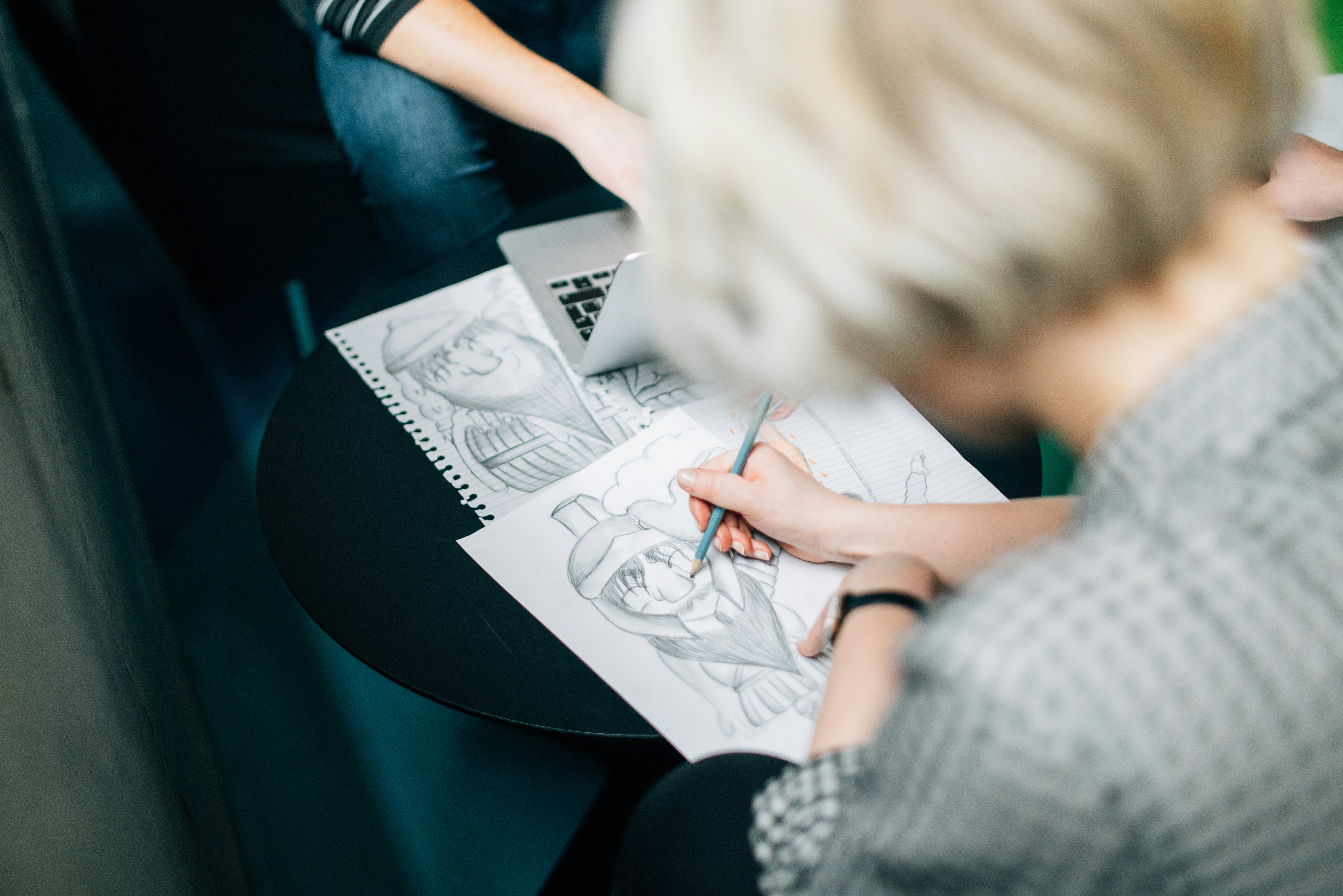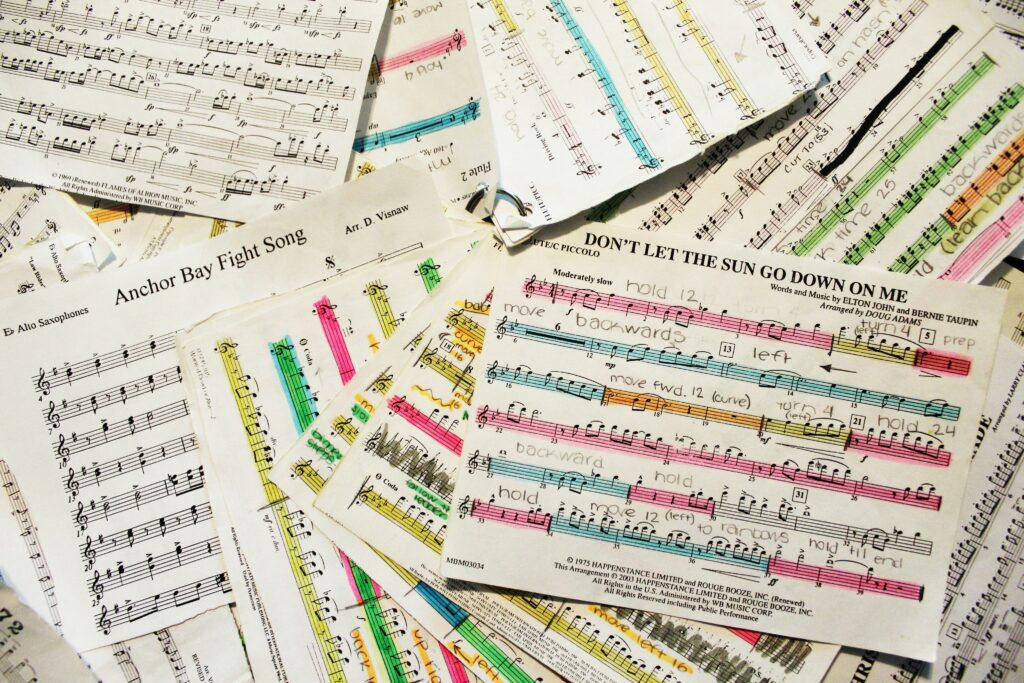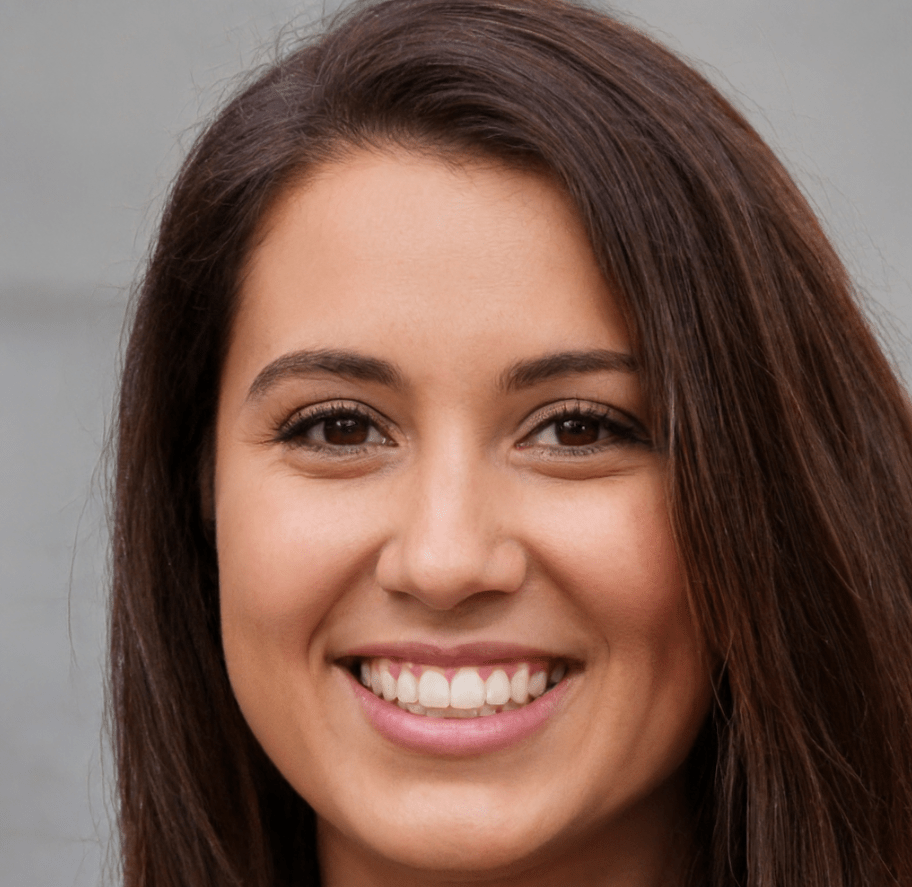A New Chapter for a Storied Ensemble
The Lansing Symphony Orchestra has been a cornerstone of Michigan’s cultural life for nearly a century. It’s earned its reputation by doing what most ensembles pride themselves on playing the classics well, anchoring a loyal audience, and delivering season after season of reliable performances. That legacy is still intact, but 2024 signals something different.
The programming this year isn’t just solid it’s ambitious. There’s a clear pivot toward risk taking, toward giving audiences something they haven’t heard before. That shift isn’t accidental. It’s coming directly from the vision of Maestro Timothy Muffitt, who’s steering the orchestra into fresh territory without cutting ties to its roots. Muffitt isn’t chasing trends he’s building bridges, layering modern work alongside pillars of the canon, and trusting that audiences are ready for more than familiar comforts.
This season marks a bold turn in what the orchestra offers and how it sees itself. It’s still classical but with sharper edges, bigger ideas, and a clear push forward.
Bold Programming with Deep Roots
This season, the Lansing Symphony Orchestra isn’t playing it safe and that’s a good thing. Instead of leaning too hard on the classics, the programming walks a tightrope between time honored masterpieces and bold, contemporary works that stretch expectations. Audiences will still hear the familiar strains of Beethoven and Stravinsky, but those moments will sit shoulder to shoulder with music that’s fresh off the page.
Several world and regional premieres are set to debut this year, highlighting living composers and pushing past the traditional concert formula. From haunting string textures to ground shaking brass, these new entries are less about fitting in and more about taking risks. The vibe is exploratory but rooted, offering something for listeners who crave both comfort and surprise.
Emerging composers like Carlos Simon and Jennifer Jolley are getting a real platform here earning space on the same program as enduring legends. That kind of juxtaposition makes a statement: classical music isn’t a museum piece. It’s alive, uncertain, and still fighting to mean something in the present tense.
Collaborations Amplifying the Local Arts Scene

This season, the Lansing Symphony isn’t performing in a vacuum. Instead, it’s reaching outward joining forces with local dance companies, regional choirs, and visual artists to create something that’s more than just music. Whether it’s a string section playing under dynamic projections or a choral arrangement woven into a ballet performance, these collaborations are expanding the definition of a classical concert.
The mix of art forms brings new dimension and energy to traditional pieces while giving contemporary works a richer stage. Audiences don’t just hear they see, feel, and experience. The orchestra becomes a living part of a multi sensory event, pulling in viewers who might’ve never considered showing up for Brahms on a Friday night.
This kind of boundary blurring mirrors what’s happening at events like the Lansing Film Festival, where film, music, visual art, and performance collide. It’s more than synergy it’s a local proof of concept: if the future of the arts is interdisciplinary, Lansing is already leaning into it.
Expanding the Audience
The Lansing Symphony isn’t just playing to the same old crowd anymore. This season, they’re meeting people where they are literally. Pop up concerts in unexpected venues, from parks to coffee shops, are sparking curiosity from folks who’ve never set foot in a concert hall. Open rehearsals add a human touch, letting people see the process behind the performance. And student showcases are pulling in the next generation not just as spectators, but as future players and champions of the art form.
They’re also leaning into the digital stage. A new concert series is streaming online, reimagining the classical experience for phones and laptop screens. With slick production and tighter formats, they’re carving out space in a busy content landscape and helping classical music brush shoulders with everything from indie podcasts to music vlogs.
Programming wise, there’s been a clear shift. No more safe bets and reruns. The current lineup includes a mix of iconic works and voices you don’t usually hear, including composers of color, women, and regional talent. The goal is simple: reach more people, in more ways, with music that speaks across worlds. It’s not about watering things down it’s about opening doors wide.
The Bigger Cultural Impact
Lansing isn’t just a political capital it’s becoming a cultural one too. The Lansing Symphony Orchestra helps anchor a serious arts scene that reaches beyond its concert hall. Each season, the symphony’s commitment to bold programming and community engagement puts it in sync with other creative cornerstones, like the Lansing Film Festival. Together, they build an ecosystem that supports not just events, but a full on artistic identity for the city.
The orchestra isn’t doing this alone. It’s part of an ongoing local effort to create platforms where creative talent can emerge and grow. Musicians who cut their teeth on local stages are staying put, building careers inside city limits. Composers and conductors are getting real reps with a supportive audience. And young cultural leaders from event producers to arts educators see Lansing as a place where vision can take root.
In short, the symphony’s impact goes beyond music. It’s signaling that Lansing isn’t just a stop on the cultural map it’s part of the route.
Key Takeaways from This Season
Let’s be clear when classical music gets the right treatment, it doesn’t feel dusty. It feels alive. And this season, the Lansing Symphony Orchestra is proving that a 200 year old symphony can hit just as hard as a brand new score if it’s part of a lineup that knows where it’s going and why it matters now.
Innovation doesn’t mean tossing out the canon. It means widening the lens. That’s exactly what Lansing’s arts scene is doing by blending tradition with bold programming, cross discipline collabs, and community first thinking. The result isn’t just a good concert. It’s a culture shift.
Lansing may not be the first city people name when they talk about national arts hubs, but maybe it should be. With institutions pushing boundaries and building bridges between art forms, the city is carving out a fresh identity not a knock off of the coasts, but something grounded, original, and worth paying attention to on a bigger stage.

 Jessica Lassiter is a committed article writer at Your Local Insight Journal, where she plays a vital role in delivering timely and engaging content to the Lansing, MI community. Her dedication to journalism is evident in her ability to cover a wide range of topics with clarity and depth.
Jessica Lassiter is a committed article writer at Your Local Insight Journal, where she plays a vital role in delivering timely and engaging content to the Lansing, MI community. Her dedication to journalism is evident in her ability to cover a wide range of topics with clarity and depth.
